Answered step by step
Verified Expert Solution
Question
1 Approved Answer
Question 1 Part A What is the derivative of y = (cos 14x2)3? -24x V1-16x Oy's -16x cos (4x2) V1-16x Oy's -3(cos 14x2)2 V1-16x Oy=
Question 1 Part A
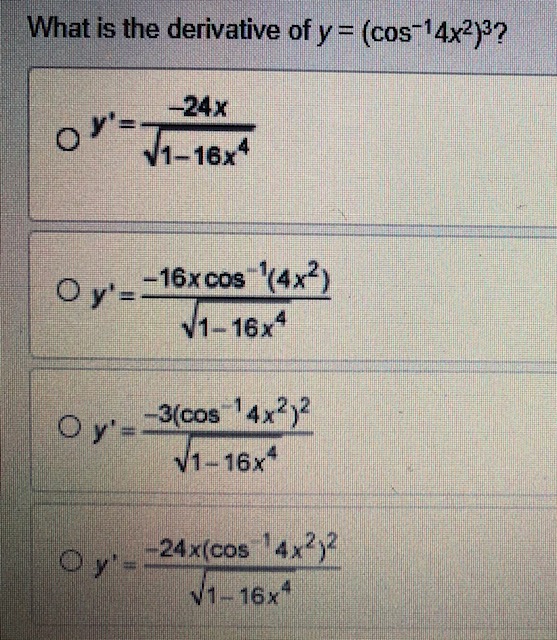


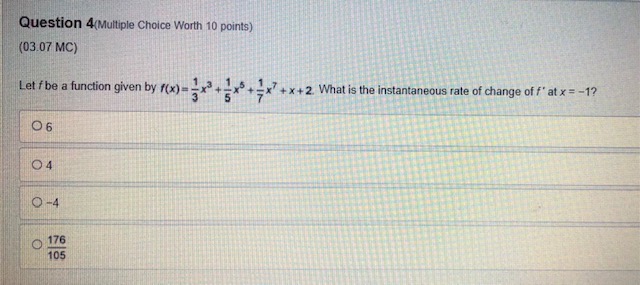
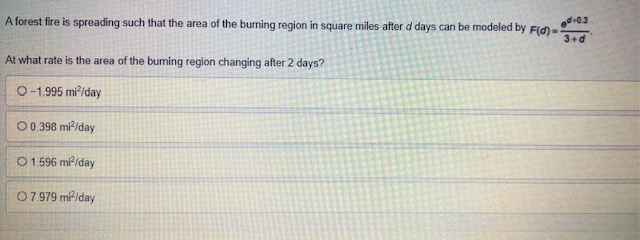
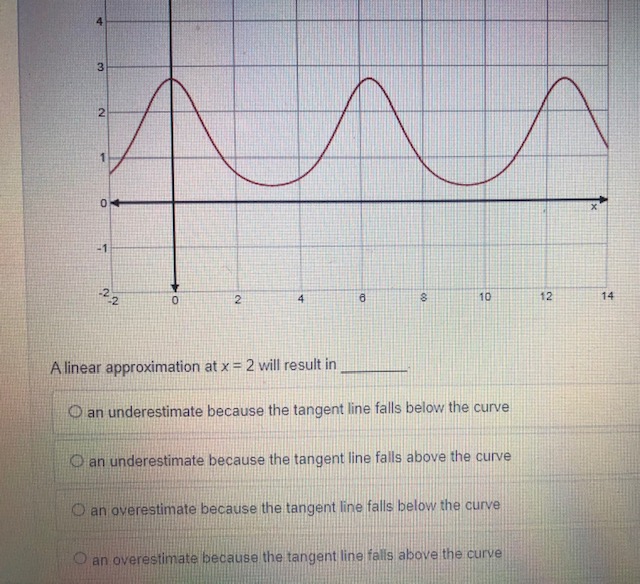
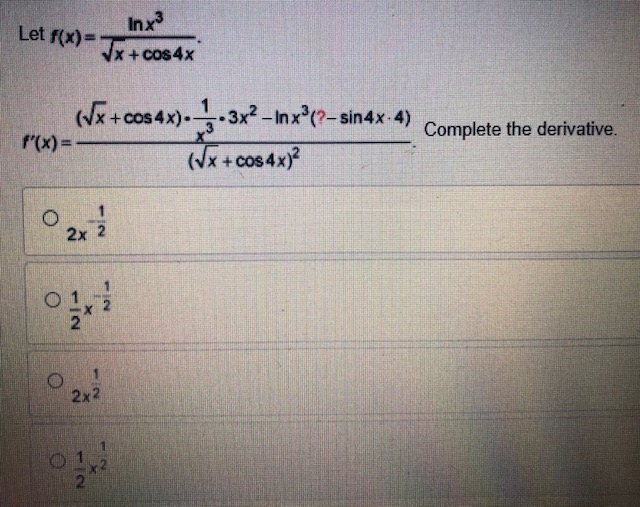

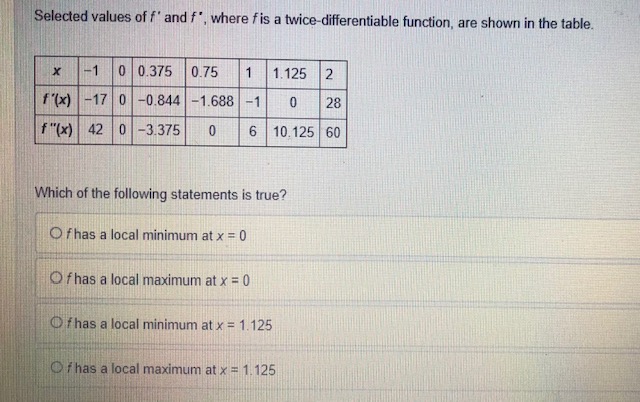
Step by Step Solution
There are 3 Steps involved in it
Step: 1

Get Instant Access to Expert-Tailored Solutions
See step-by-step solutions with expert insights and AI powered tools for academic success
Step: 2

Step: 3

Ace Your Homework with AI
Get the answers you need in no time with our AI-driven, step-by-step assistance
Get Started


